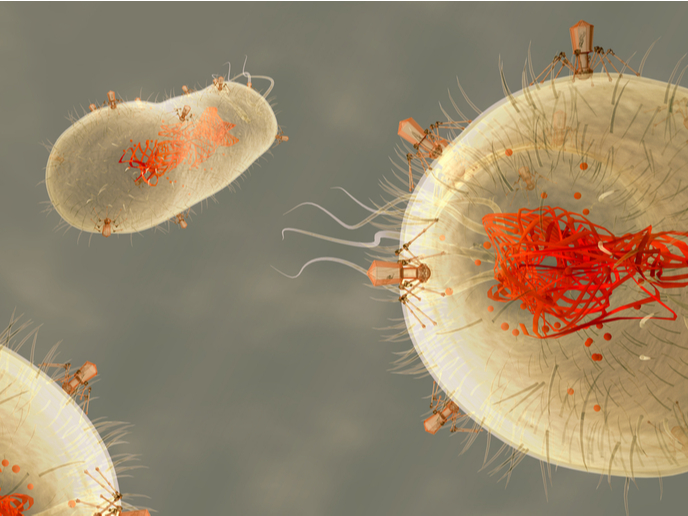Hybridised plants shed light on genome evolution
Polyploidy, a process giving rise to organisms with different sets of chromosomes, is especially prominent in plants. In such cases, chromosomes inherited from parental species (paleopolyploids) have returned to a functionally diploid state through elimination of some duplicated genes. Correct segregation of chromosomes and promotion of genetic diversity through meiotic recombination are ensured by meiotic crossovers (COs) between homologous chromosomes. In allopolyploid species, however, this is an especially demanding process since homeologous chromosomes are usually sufficiently similar. This means they are actually able to recombine with one another, which could lead to chromosome missegregation and affect reproductive stability. As such, the suppression of COs between homeologous chromosomes is necessary for polyploidy speciation. The 'Molecular characterization of the PrBn locus and some other QTLs controlling homeologous recombination in Brassica napus' (COGEPRBN) project ultimately aimed to advance understanding of the genetic makeup of CO suppression between homeologous chromosomes in oilseed rape (Brassica napus). The EU-funded project set out to characterise segments of the B. napus genome that contain the PrBn locus as well as some other quantitative trait loci (QTL) responsible for homeologous recombination. Activities focused on uncovering whether PrBn and some of the mapped QTLs are duplicated genes that have been kept from successive rounds of polyploidisation, and if they cooperate to regulate homeologous recombination. Researchers were also keen to discover if PrBn remains a key determinant for the level of homeologous recombination at the species level. A comparative genetic analysis was performed of all the QTL regions and their duplicates in the B. napus genome. Researchers employed a combined bioinformatic and genetic approach to determine which of the QTLs were located in specific regions of the B. napus genome. Results revealed that no QTL is present in the regions related to that of PrBn, suggesting that this locus is not duplicated. The COGEPRBN project outcomes contributed to an increased understanding of genome evolution as related to polyploidy by investigating evolutionary dynamics of duplicated genes/regions and genetic regulation of homeologous chromosome pairing and recombination.







